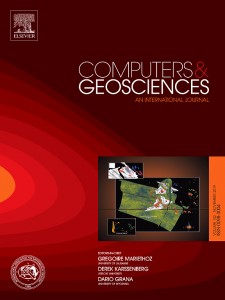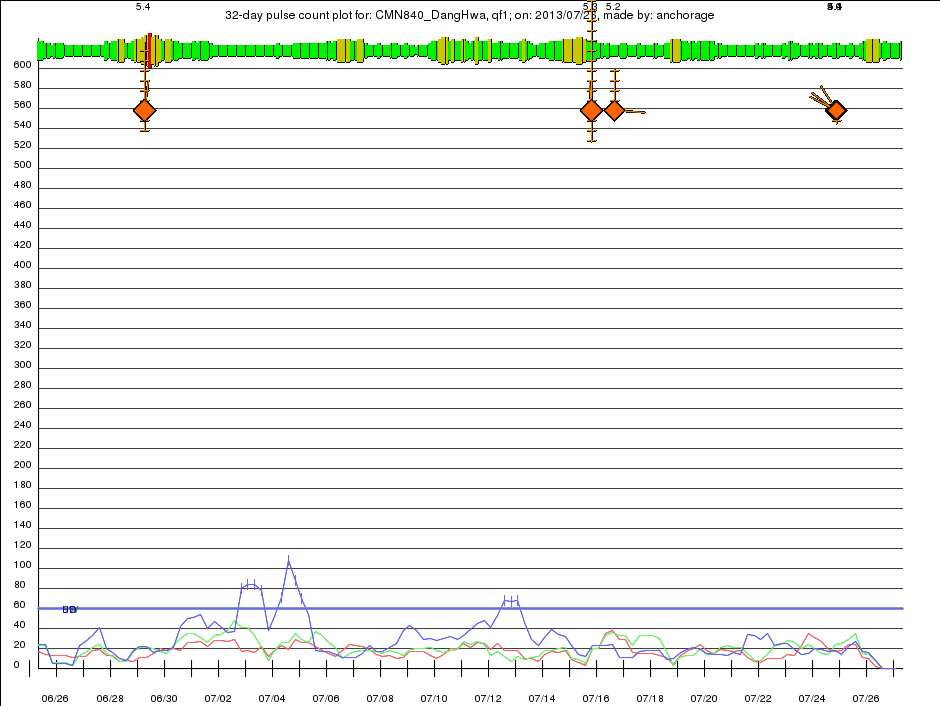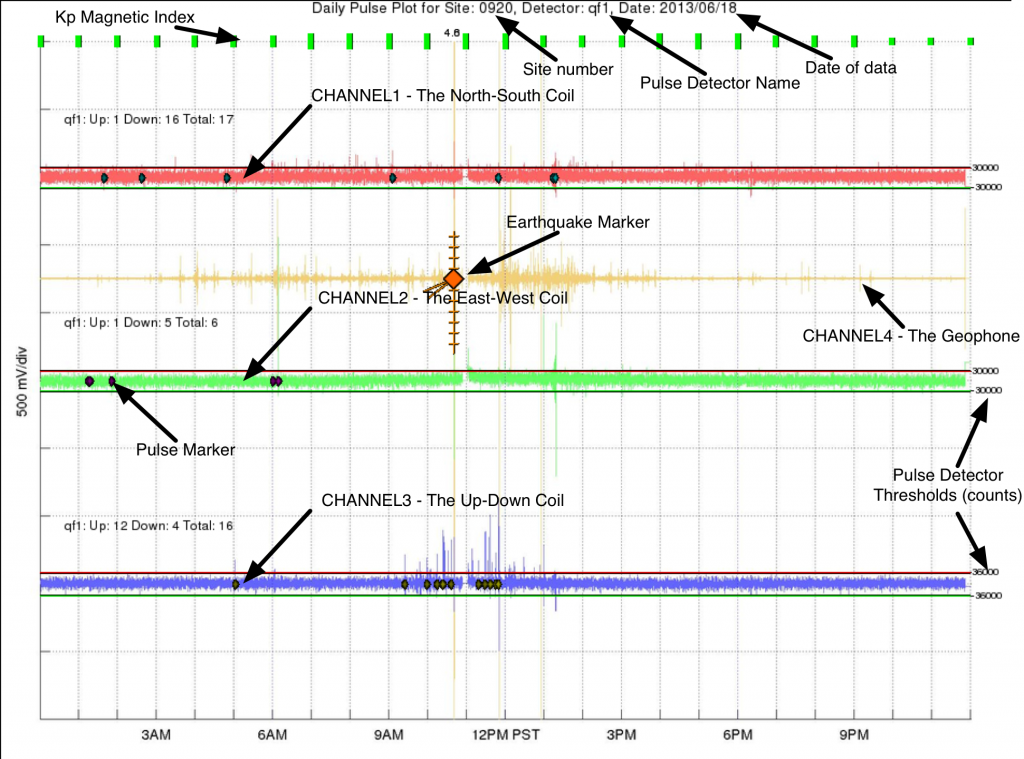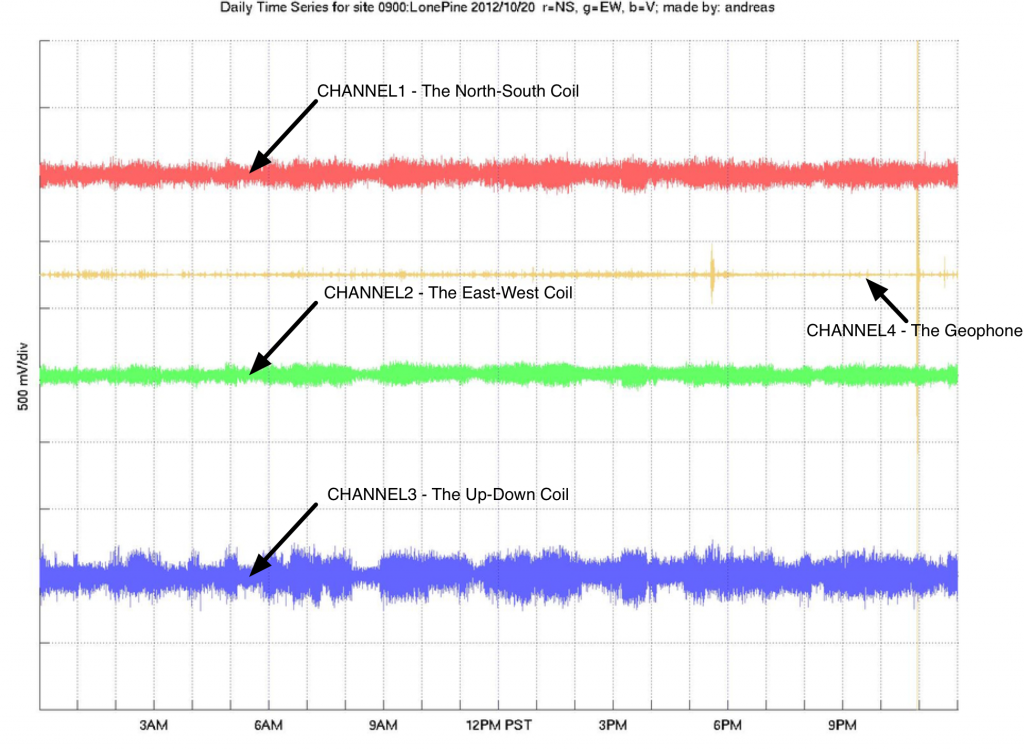QuakeFinder Publishes Peer-reviewed Electro-Magnetic Research
Groundbreaking research covering major faults in California between 2005-2018 examines potential clues in Earth’s magnetic field
QuakeFinder has just published landmark research on earthquake forecasting in Computers & Geosciences, the peer-reviewed academic journal. The study, which examines electromagnetic earthquake precursors covering the major faults in California from 2005 to 2018, advances QuakeFinder’s research into predictive indications in Earth’s magnetic field that may be identified several days prior to an earthquake.
See the Press Release!
The paper, “An algorithmic framework for investigating the temporal relationship of magnetic field pulses and earthquakes applied to California,” has completed peer review and received final acceptance for immediate online publication and will appear in print in the December issue (Volume 133) of the peer-reviewed journal Computers & Geosciences. The paper can be found at https://doi.org/10.1016/j.cageo.2019.104317.
To our knowledge, this is the largest ever study of electromagnetic earthquake precursors to be published and is quite an exciting development for our team that’s been hard at work collecting and analyzing this data for over fifteen years. The data provide hints that earthquake precursors exist in the magnetic field to a statistically significant degree, and this paper represents a major step forward in the challenge faced by QuakeFinder to conclusively demonstrate the existence of these precursor signals and then work towards isolation that will allow individual earthquakes to be forecast.
The treated data set exceeds prior published research by over an order of magnitude, and suggests, with 98.6% (2.2 sigma) confidence, that magnetic field exhibits precursory behavior in the period of four to 12 days prior to earthquakes. While this approach is not yet accurate enough to forecast individual quakes, our research indicates that results will improve with enhanced signal processing.
In comparison, Earthquake Early Warning (EEW) systems based on seismic observations currently provide, at best, seconds of warning before earthquakes. QuakeFinder’s work is poised to transform definitive earthquake forecasting from a science fiction dream into an achievable goal and the team is continuing its work to perform statistically valid research beyond individual quakes or small sample sizes.
QuakeFinder’s Daniel Schneider will present these results at the American Geophysical Union (AGU) conference this December in San Francisco on Friday, December 13, 2019 (Abstract NH52B-05 – QuakeFinder’s Algorithm Results for Forecasting Earthquakes).
Computers & Geosciences publishes high impact, original research at the interface between Computer Sciences and Geosciences. Its articles apply modern computational and informatics-based computer science paradigms to address problems in the geosciences.





